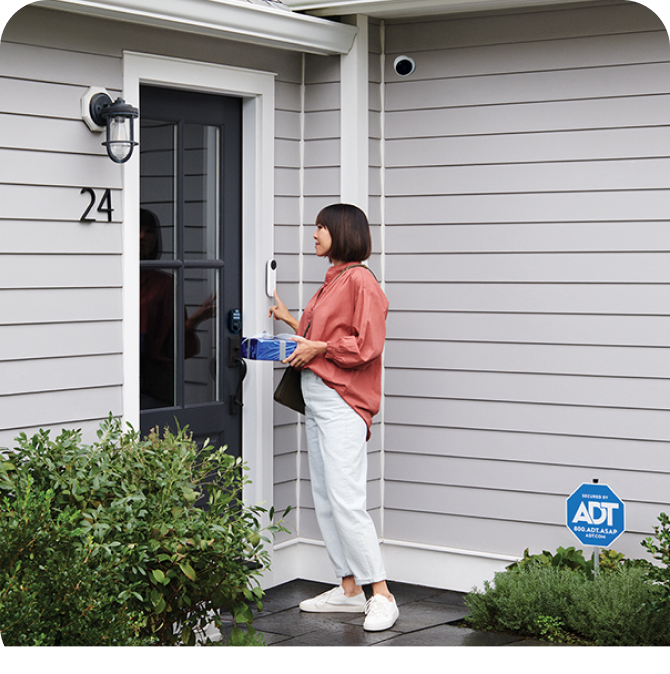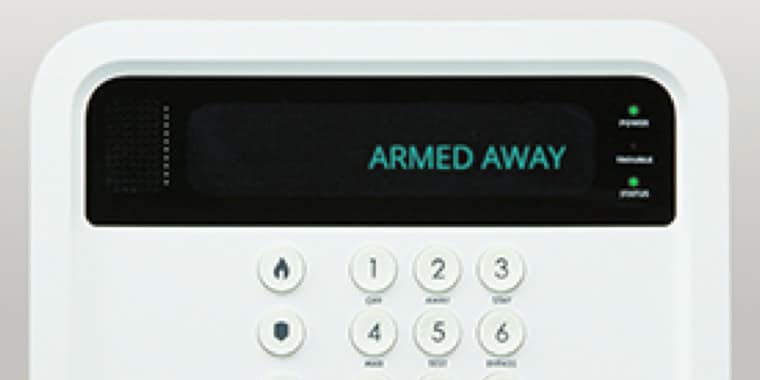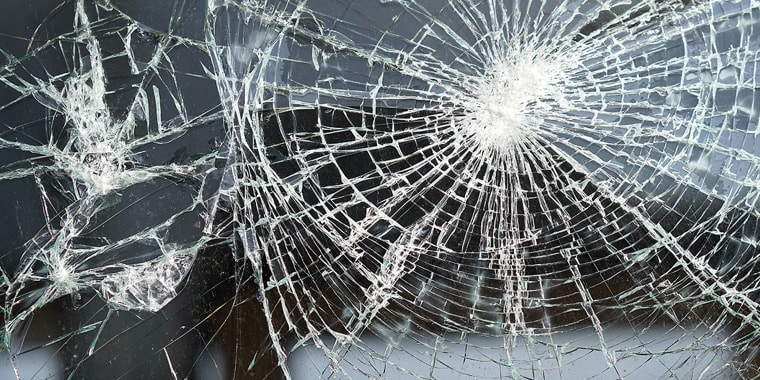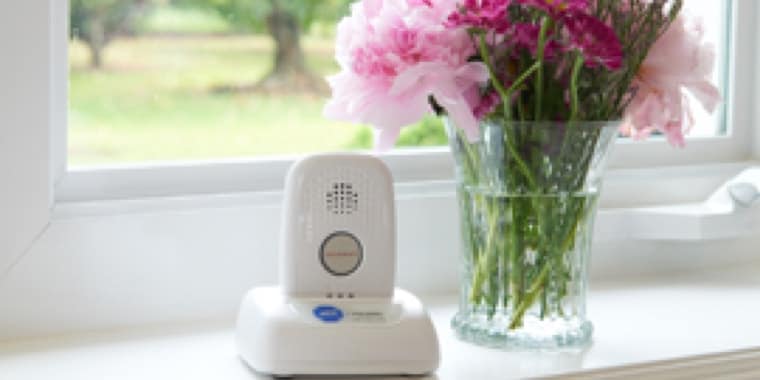Summer may lead you to think of family vacations, school break and sunshine but the season is about something else for many people – storms. Thunderstorms are a part of the American summer but they are also a dangerous part. Lightning results in 55 – 60 deaths and 300 injuries every year. Extreme weather can be harmful to both yourself and your home. So make sure to stay on top of all storm safety tips to stay afloat.
Beware of Lightning
If you’re outside and ever feel “tingly hair” or hear a buzzing sound, this means lightning is imminent. The safest thing to do here is crouch down on the balls of your feet making sure your shoes touch with your head down and ears covered. This will reduce the risk of you being hit and will minimize injury if the worst happens.
Although this will help protect you, you are still at high risk. Once the sensation passes, go inside as soon as you can. You are still in danger so do not go out unnecessarily and rely on this method to stay safe.
Failure to Prepare is Preparing to Fail
It’s essential to implement all storm safety tips before a storm arrives. You should always take notice of your local emergency warning system. This will advise you about any upcoming storms as well as their severity.
No matter how safe you think your home is, you will need to evacuate immediately if a warning to leave is issued. Not all storms however will require an evacuation. Sometimes, it is safer to stay inside. In the event of lightning, for example, you should remember the 30/30 rule and go inside if you cannot count to 30 before hearing thunder but not leave the house until 30 minutes since the last thunder-clap.
If it is safe for you to stay at home, here is a handy check list of things to have:
1. Nonperishable foods (think canned food, pasta and even peanut butter! Make sure a tin opener is kept with these)
2. Bottled water (approximately 1 gallon per day – have a supply for two weeks in stock)
3. Flashlights (and batteries in case the ones in the flashlights run out)
4. First Aid Kid (and all medicines that any family members may require)
5. Waterproof Containers (make sure your important documents are not ruined by floods)
6. Whistle (in case you need to signal for help)
It’s a good idea to store these all year round but when storm season is coming up, check you have everything so that you’re the most prepared you can be.
As well as stocking up on these essentials in advance, we recommend having a storm safety plan. Every school and workplace has an emergency plan so why not have one for your home too?
Make sure any children understand what to do and where to go in the event of a storm. To get their attention, you can have a roleplay to demonstrate safety procedures to children. We recommend having a designated safe meeting place in the home - you could even print out these tips and keep them there.
Exterior Maintenance
Part of having a storm safety plan in the home is removing the dangers that sit outside your home. Here are some of our top tips:
- Keep on top of yard maintenance (e.g. trim tree branches to limit breakages).
- Secure or remove any loose items from the yard. It may be summer but it is safer to take down and pack away play items such as slides, a swing frame or trampoline as well as outdoor ornaments.
- Make sure you don’t have any loose tiles as these could fall.
- Be mindful of your trashcan as you do not want garbage thrown across your lawn.
Braving the Storm
Once you’ve finished your preparations, it’s very important to stay calm when a storm actually hits. Keep a few basic storm safety precautions in mind. Some of the essential things to remember include:
- DON’T GO OUTSIDE! This should be an obvious storm safety tip; needless to say always wait until the storm has cleared and the local weather has announced that it is officially safe to do so.
- Stay away from windows – these could break at any moment.
- Steer clear of electrical wiring, particularly if there is water damage.
- Avoid taking a shower or bath – it is more important to stay safe than bathe.
After the Storm
Once the storm has settled, you still need to be aware of the dangers. When it’s officially safe to leave your house, stay alert and be careful of the hazards we’ve listed below:
- Never drive through a flooded roadway. Do not think “It will be OK” as you cannot predict how deep the water may be and may end up stranded.
- Keep clear of areas that have been hit badly by the storm. There is still the risk of falling debris.
- Continue to listen to NOAA Weather Radio or to local radio and television stations for updated information or instructions.
- Be aware of others. Remember to help people who may require special assistance, such as infants, children and the elderly or disabled.
- Stay away from downed power lines and report them immediately.
- Watch your animals closely. Keep them in your control at all times. They are likely to have been distressed by the storm also.
In the end, preparation and a calm head are hugely important. Stay safe!
To learn more about severe weather and your ADT system, visit our Help Center.






